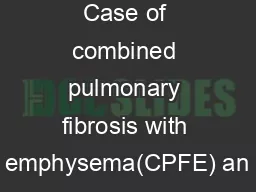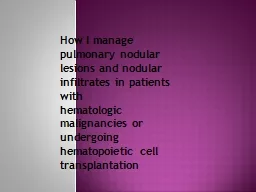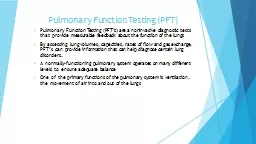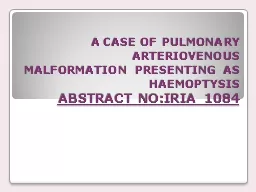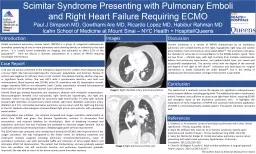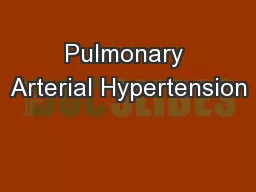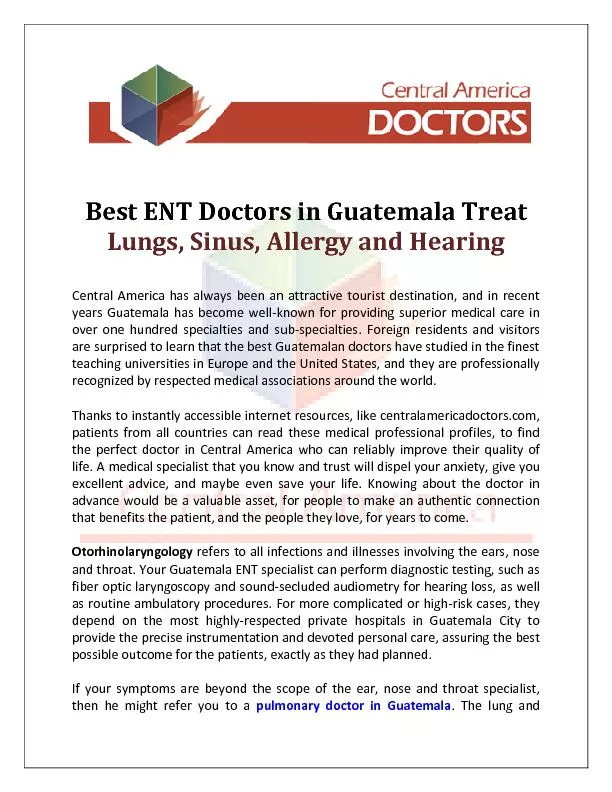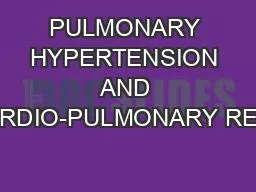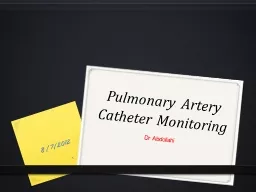PPT-Pulmonary Blueprint
Author : olivia-moreira | Published Date : 2017-10-09
Questions Answers and Explanations Question 1 1 Your patient is a 12 month old male that presents with stridor drooling and respiratory distress This started suddenly
Presentation Embed Code
Download Presentation
Download Presentation The PPT/PDF document "Pulmonary Blueprint" is the property of its rightful owner. Permission is granted to download and print the materials on this website for personal, non-commercial use only, and to display it on your personal computer provided you do not modify the materials and that you retain all copyright notices contained in the materials. By downloading content from our website, you accept the terms of this agreement.
Pulmonary Blueprint: Transcript
Download Rules Of Document
"Pulmonary Blueprint"The content belongs to its owner. You may download and print it for personal use, without modification, and keep all copyright notices. By downloading, you agree to these terms.
Related Documents





